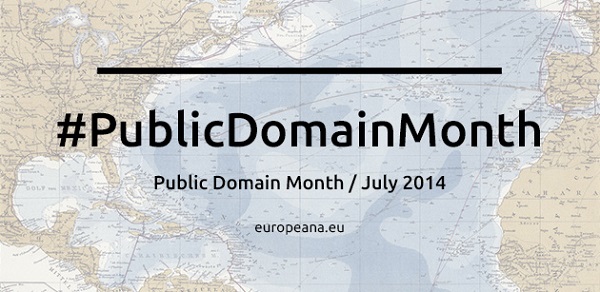Public Domain Charter 101
‘Europeana, Europe’s digital library, museum and archive, belongs to the public and must represent the public interest.’

What is the Public Domain?
The Public Domain is a shared resource. It belongs to every member of society. It is the collection of knowledge and information that is no longer protected by copyright, and is free to use without condition or restriction.
Why is it important?
Maintaining a healthy public domain is vital to our well-being, socially and economically. Without it, we limit our ability to learn from past experiences and knowledge, and to share and create new works and opportunities.
We define the principles for maintaining a healthy and thriving public domain in the Europeana Public Domain Charter.
Principles for a healthy public domain
Galleries, libraries and archives are the guardians of our shared knowledge, preserving knowledge and information that is in the public domain for the public good. To make this relevant in the digital world, we define the principles of a healthy public domain as follows:
- Copyright protection is temporary - Once copyright expires, the work enters the public domain.
- What is in the public domain, stays in the public domain - The digitisation process should not create any new copyright.
- Digital public domain works should be free to reuse, copy and modify - This right should not be limited through technical or contractual measures.
What else do I need to know?
The Public Domain Charter describes the principles. To help us implement these principles we have:
- Worked with Creative Commons to develop the Public Domain Mark - a human and machine readable declaration making it easier for everyone to see that the work is open to all.
- Developed the Public Domain Usage Guidelines to encourage good practice when using Public Domain works: giving credit where credit is due, and other good advice.
This article was written as part of Europeana’s #PublicDomainMonth - a month dedicated to sharing knowledge, best practices and events all related to the Public Domain. You can read and share the full Public Domain Charter. You can also get involved by following #PublicDomainMonth and @EuropeanaIPR on Twitter.

